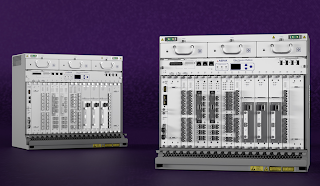Amazon Web Services (AWS) announced a new managed service that helps enterprises set up and scale private 5G mobile networks using license-free CBRS spectrum.
Customers of the forthcoming AWS Private 5G service will be able to use the AWS console to specify where they want to build a mobile network and the network capacity needed for their devices. AWS will then deliver and maintain the small cell radio units, servers, 5G core and radio access network (RAN) software, and subscriber identity modules (SIM cards) required to set up a private 5G network and connect devices. AWS Private 5G automates the setup and deployment of the network and scales capacity on demand to support additional devices and increased network traffic. Pricing is based on network capacity and throughput. There are no upfront fees or per-device costs.
“Many of our customers want to leverage the power of 5G to establish their own private networks on premises, but they tell us that the current approaches make it time-consuming, difficult, and expensive to set up and deploy private networks,” said David Brown, Vice President, EC2 at AWS. “With AWS Private 5G, we’re extending hybrid infrastructure to customers’ 5G networks to make it simple, quick, and inexpensive to set up a private 5G network. Customers can start small and scale on-demand, pay as they go, and monitor and manage their network from the AWS console.”
“We deploy technology outside of Amazon Fulfillment Centers (FCs) to make moving tractor trailers around safer and more accurate and efficient. We have to provide network services for these systems across millions of square feet of outdoor space. Previously, to get proper Wi-Fi coverage in the parking lots around our FCs, we had to add light poles for the Wi-Fi equipment, modify our outdoor electrical systems and either trench fiber or support Mesh systems. This was expensive, disrupted productivity during installation, and had a high support burden,” said Jeff Armstrong, Director of Infrastructure Engineering at Amazon. “With AWS Private 5G, we can use two outdoor small cells mounted on the corners of our warehouses and achieve additional coverage in our parking lots, which was much quicker and cheaper to deploy. Just as important, we will be able to scale up our AWS Private 5G deployment as we expand our facilities.”
https://aws.amazon.com/private5g/?nc2=h_ql_re_nw
https://youtu.be/7RXZGn8F0Ts














































